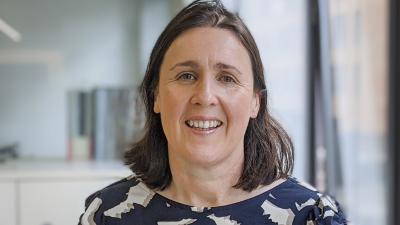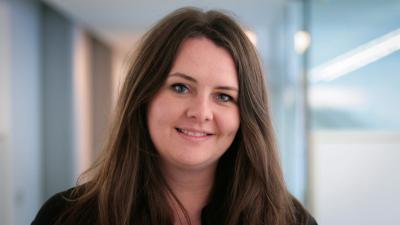Greenhaus is one of the UK's first medium-rise Passivhaus certified apartment schemes and one of the northwest's largest. It provides 96 energy-efficient apartments, at affordable rents, in the heart of Salford's vibrant Chapel Street.
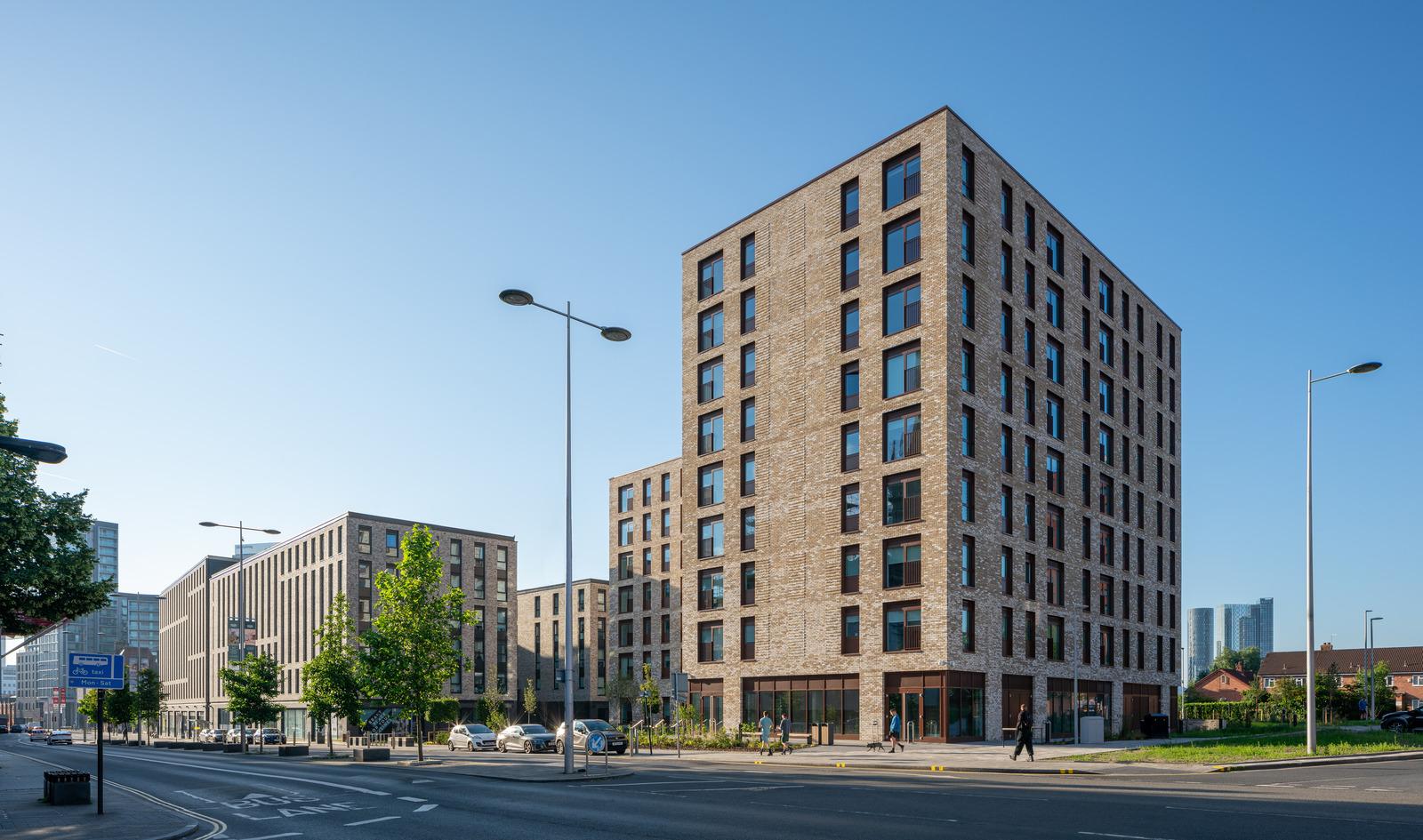
The project is designed for the English Cities Fund (ECF), a joint venture between Muse Developments, Legal & General and the Homes & Communities Agency, who have partnered with housing provider Salix Homes to deliver the development at 100% affordable rent.
Greenhaus sits on Chapel Street adjacent to its highly successful sister development, Atelier. Its two blocks; at six and eight stories high, form an L-shape which form a new landscaped public space looking over to Salford Cathedral opposite. A mixture of one and two-bed apartments, paired with green spaces, cycle storage and easy access to public transport and Manchester and Salford city centres makes this a perfect fit into the Chapel Street community.
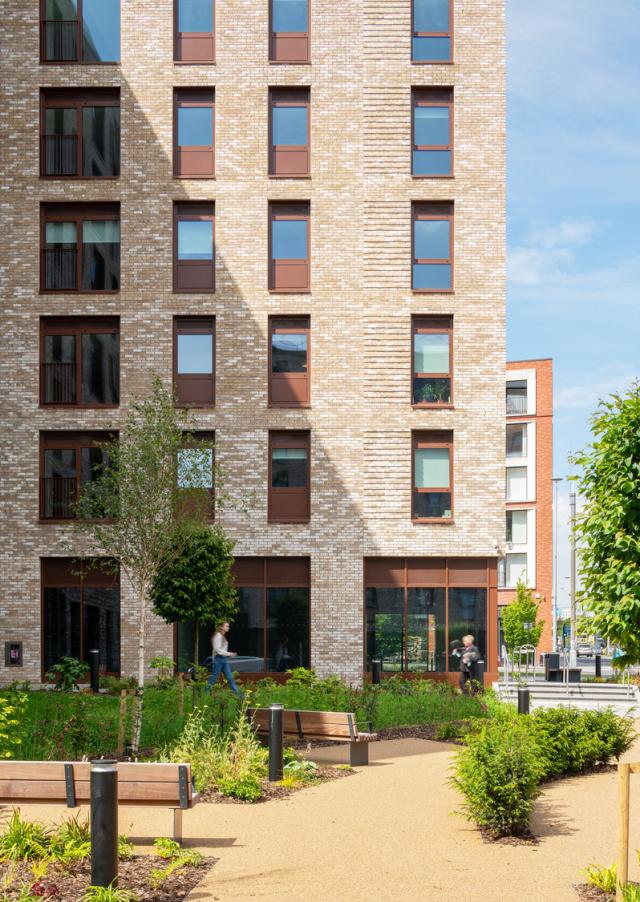

What is it like to live in a passivhaus apartment?
Residents in Greenhaus will be able to enjoy a consistent and comfortable ambient temperature in their homes, maintained with little or no heating or cooling. The ultra-low energy demand is due to the air-tight nature of the building fabric, high levels of insulation, high-performing windows and mechanical heating ventilation (MVHR) with efficient heat recovery. Not just cutting carbon footprints, but reducing fuel bills and helping to tackle fuel poverty.
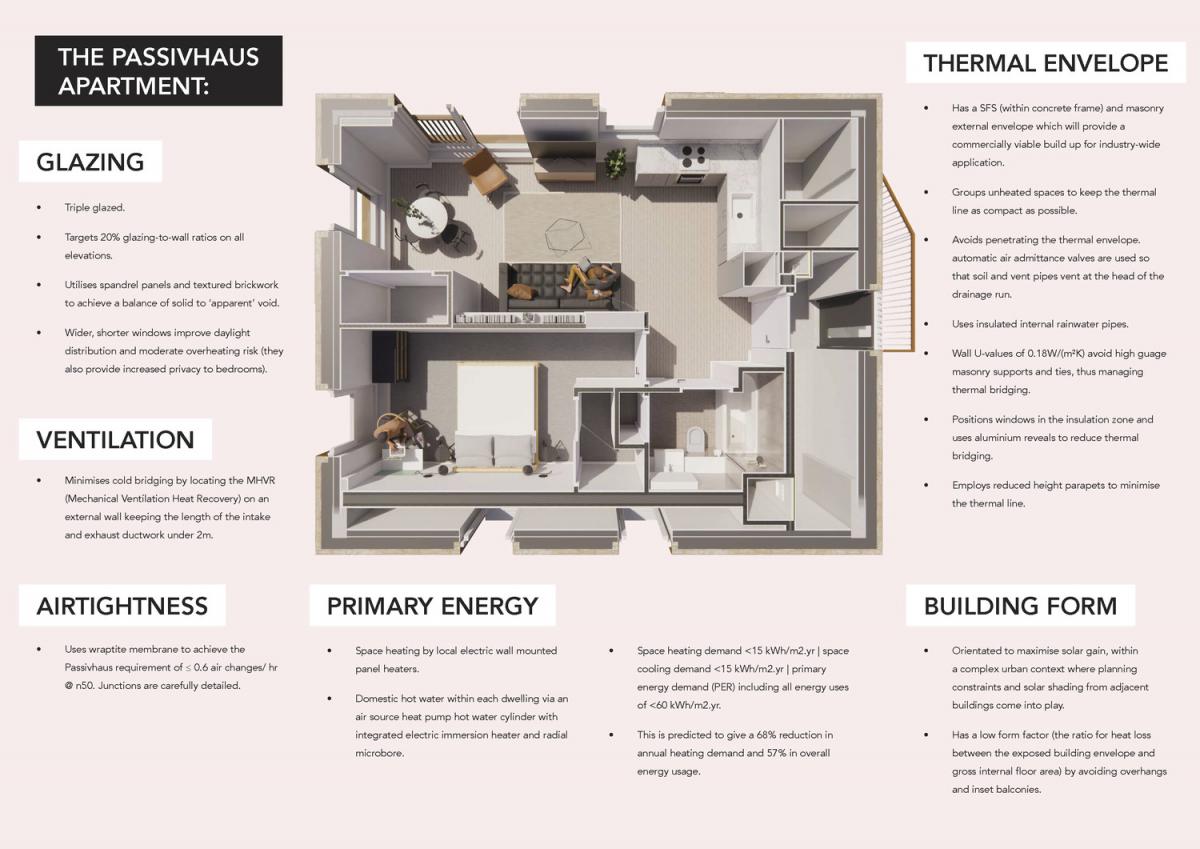
Good for residents | good for landlords
A Passivhaus building is not just more affordable to operate, it can also offer lower maintenance costs, which has proven to be a good way for social housing providers to guarantee affordable homes. By incurring drastically reduced energy bills, residents can afford to live comfortably, leading to an improved customer experience, which has been found to reduce rent arrears. There are also proven long-term health and wellbeing benefits, including cleaner air, and fewer respiratory problems as a result of living in comfortable, well-heated homes.
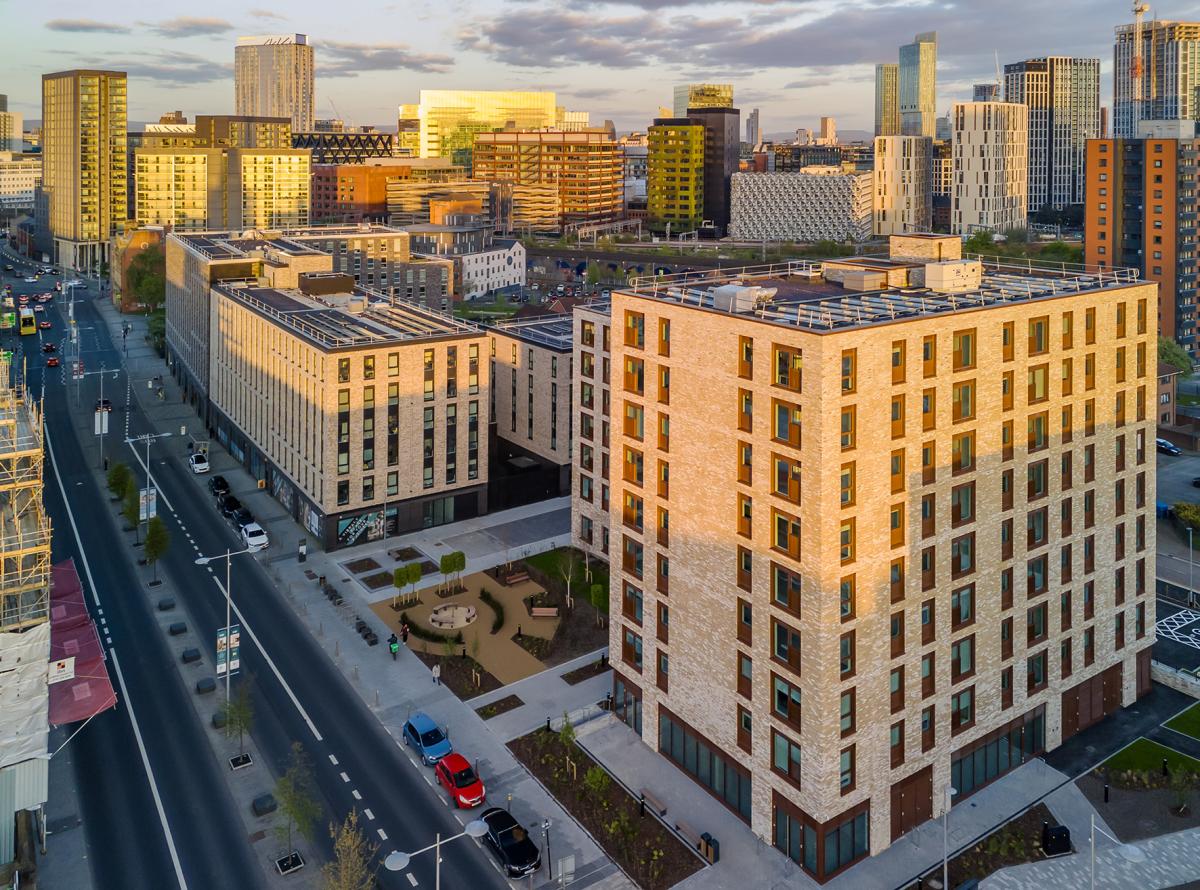
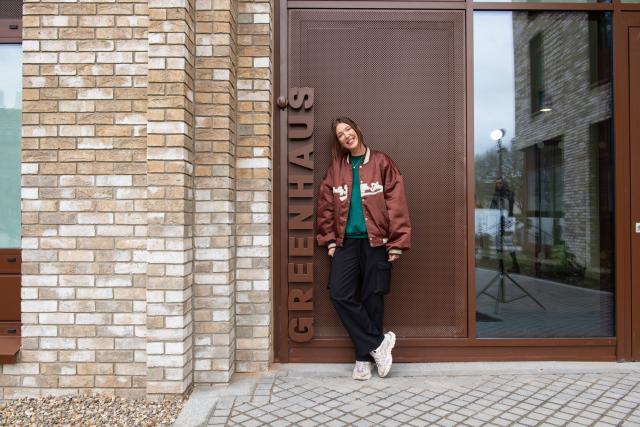
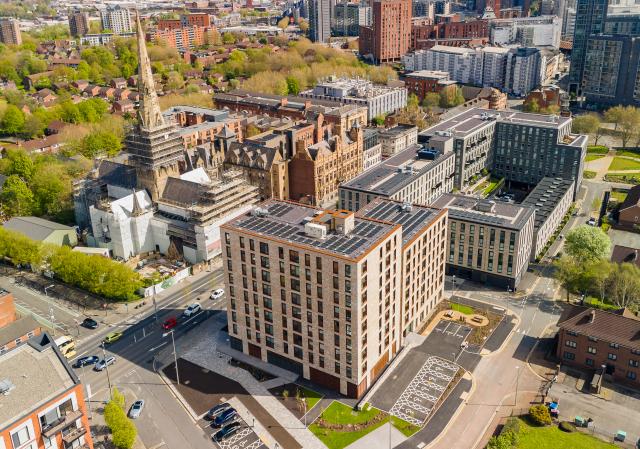
Achieving passivhaus on a budget
Passivhaus is accepted as a gold standard of energy-efficient design, so how do you make Passivhaus affordable at scale?
To achieve Passivhaus standards within a budget, we needed to create a compact build form and simplify the thermal envelope, thus reducing the exposed surface area for heat loss. Maintaining the integrity of the thermal line and avoiding thermal bridges is imperative and by concentrating on the design of every element of the envelope and building construction we have maintained a simple form that makes it easier to meet Passivhaus's stringent airtightness requirements.
The majority of heat demand is met by internal gains from people and equipment and as a result, the heating plant is far smaller. In turn, these cost savings can be spent on triple glazing, openable windows, and highly efficient ventilation systems that add back to the experience of the new residents.
Design innovation and Passivhaus expertise
Passivhaus is a construction standard. Certification relies on the building being designed so that it can meet the criteria at testing. Buttress employs a certified Passivhaus designer and ensures all architectural staff have training in the fundamental principles. As architects, our objective has been to simplify the architectural detailing to pre-empt potential site interface issues. This required several innovative processes that are groundbreaking for residential Passivhaus construction. For example, the scheme utilises SFS (steel framing system) in its structural external envelope. SFS has a far quicker installation, than the concrete block used on previously certified apartment schemes in the UK. It imposes less weight on the main structure and can be used in conjunction with mast climbers, so significantly reduces the construction programme.
On site, we worked closely with the contractor Eric Wright to ensure installation quality and test airtightness using a mock-up. This highlighted areas that needed addressing before work started on the main build and avoided costly defects.

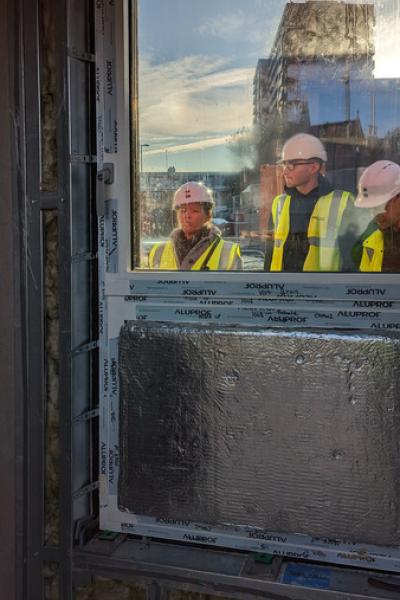
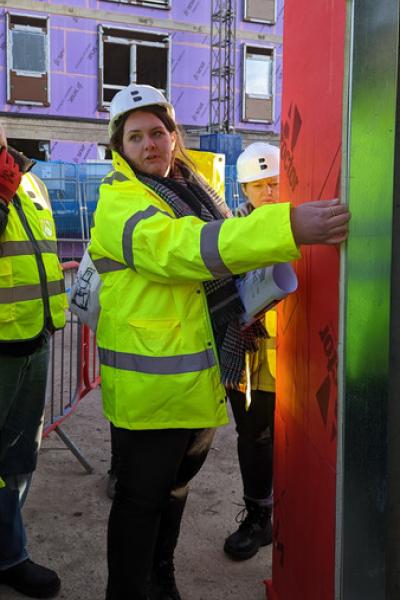
Continual learning and advocacy
Our journey does not end here. As the global climate continues to change, Passivhaus design will play a crucial role in designing buildings that will support living sustainably. As a practice, we will continue to trailblaze these principles in our conversations, briefings and designs. We are already working on a second Passivhaus project with ECF and Salix Homes. With 100 homes, being 100% affordable, and 100% certified, and we will continue to share the important lessons learned with our industry.
Passivhaus: your questions answered
Our guide to delivering healthy, comfortable and sustainable homes.
Image credits
Photography | Gavin Stewart ©
CGI visuals | Virtual Planit ©
Drone photos | Aeroflair
Alison Haigh
Alison is an associate at Buttress with over 20 years of experience in the profession, specialising in the design and delivery of major residential projects.
Heather Mason
Heather's experience includes a number of significant residential, commercial and heritage schemes across the UK, spanning all RIBA work stages.

